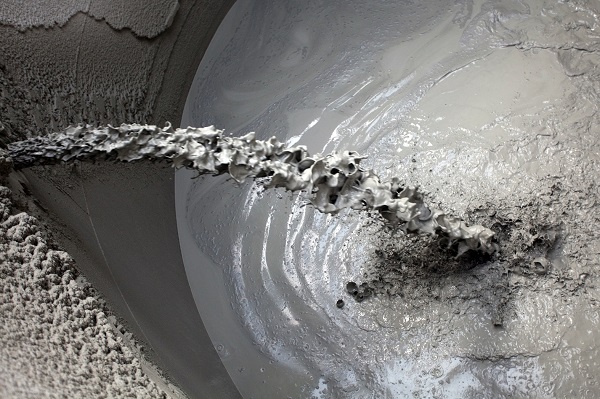
MOF Technologies is one of six start-ups from more than 100 global entrants to the Open Challenge to form part of individual formal consortiums with cement industry leaders. Supported by its consortium partners, MOF Technologies will move to in-field testing and deployment of its Nuada carbon capture technology, which uses Metal-Organic Frameworks (MOFs) to deliver energy-efficient CO2 removal at a fraction of the cost of conventional amines.
The Nuada system's ability to cut associated energy costs – often seen as the biggest barrier to implementation at scale – by up to 80% compared to other systems represents a step-change for commercial carbon capture. It is driven by mature vacuum pressure swing adsorption technology coupled with a MOF-based filter that has been specifically designed to capture and remove CO2 at source, making it ideally suited to hard-to-abate industries such as cement production.

Dr Conor Hamill, MOF Technologies co-CEO, said: "Having developed a carbon capture system that overcomes the traditional adoption barriers of energy and cost, we are thrilled to be working with members of the GCCA to bring our technology to the field.
"Our Nuada carbon capture technology has been designed to deliver the ultra-efficient CO2 separation needed to overcome these barriers, enabling our partners to reach their net zero targets. We are therefore thrilled to be participating in the Innovandi Open Challenge and playing our part in decarbonising the concrete value chain."
MOFs, or metal-organic frameworks, are highly engineered filters that use bespoke chemistry to target, capture and remove specific gases like CO2. This selectivity, combined with an ability to regenerate with a fifth of the energy input, sets Nuada apart from established amine solvent-based systems.
Dr Jose Casaban, MOF Technologies co-CEO, concludes: "We have specialised in the application of MOFs for CO2 for a decade and have now applied a bespoke MOF-material and mature system pairing that will make commercial carbon capture a reality and a key part of the climate solution.
"With this system, existing plants don't need to be redesigned, and the technology can work independently of, or be combined with, cement reformulation strategies. The environmental hazards associated with amines are also avoided. This technology can give cement manufacturers a credible way to maintain current outputs while also meeting the obligations of business in a net zero era.
"While the exact route to net zero may still be up for debate, credible point source carbon capture systems are widely accepted as central to any realistic plan for the cement industry, and our Nuada system is up for the challenge."







